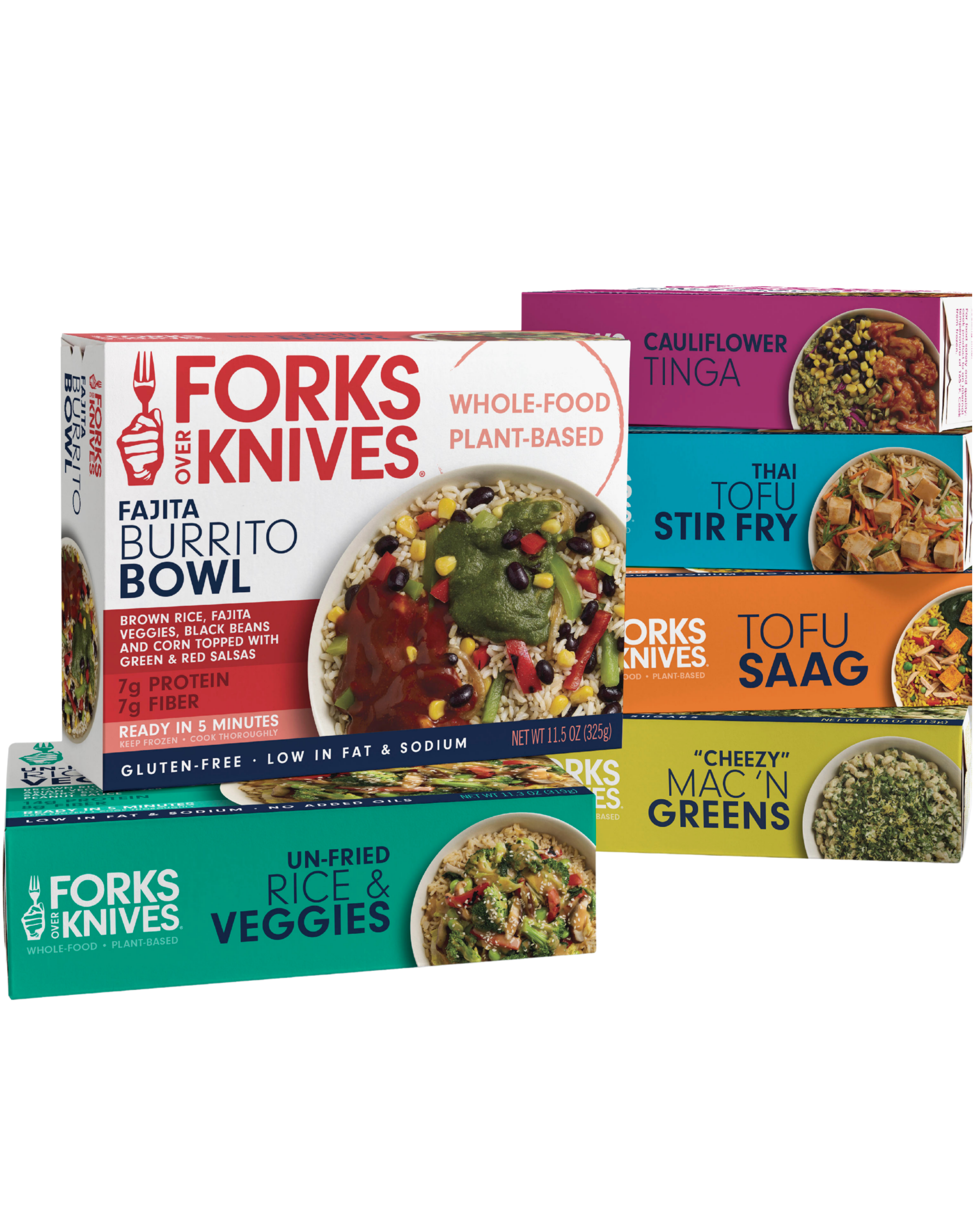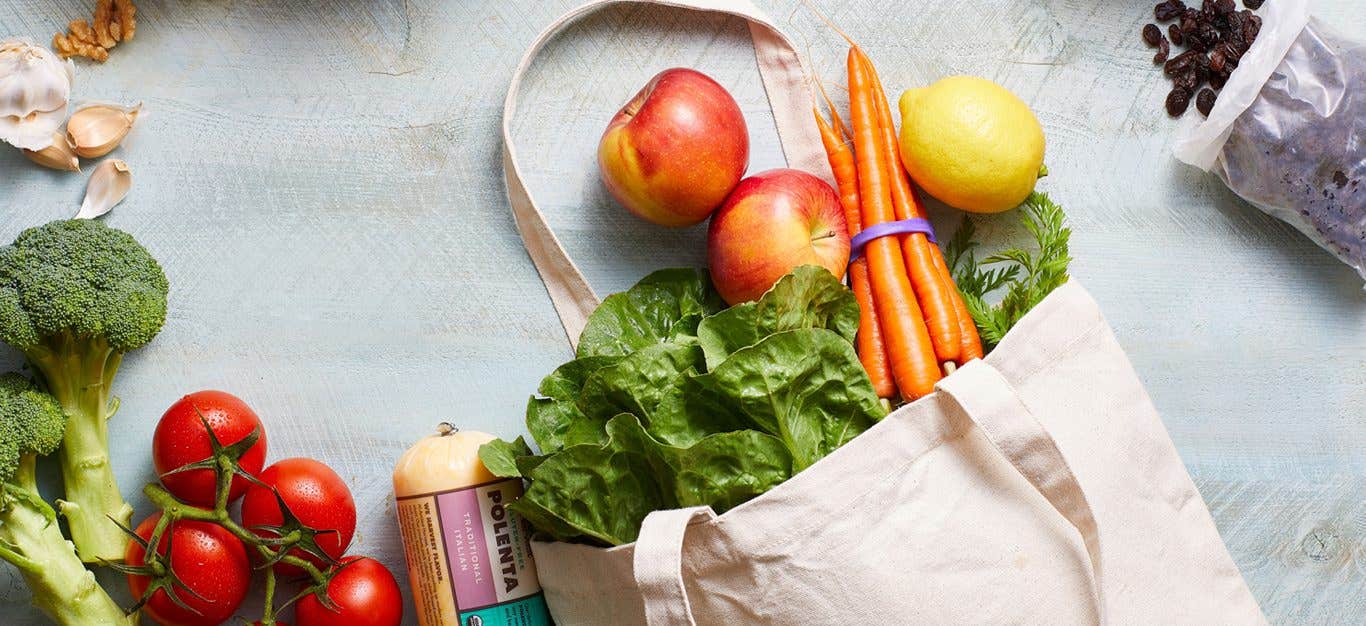By Lindsay Morris,
Last Updated:A whole-food, plant-based diet doesn't just make health sense; it saves dollars and cents. Going plant-based can cut grocery bills by around 14%, according to a 2023 report. Here are six simple ways you can eat plant-based on a budget, scoring extra savings on good-for-you groceries.
1. Avoid Supermarketing Tricks
If you aren’t paying attention, you’ll fall for classic spending traps, warns Toni Okamoto, author of Plant Based on a Budget. For example, stores will advertise “sale” items by placing goods at the endcaps of aisles. “When you go to the section where those products belong, you’ll often find that there are cheaper options,” Okamoto says. Also check above and below eye level to find good deals.
2. Venture Out To Farmers Markets
Don’t be afraid to look beyond the supermarket, says nutritionist Sharon Palmer, RDN, author of Plant-Powered for Life. “I like to go to farmers markets to see what is seasonal—often you can find good deals on produce there.” Find a farmers market near you through LocalHarvest. There’s even plenty to be scored—spices, whole grains, canned goods—at the dollar store, Palmer says. And if you do stick to the neighborhood grocer, “Don’t be afraid to use store brands, which are often discounted,” she adds.
3. Consider Frozen Produce
While buying in-season remains the best way to save on fresh produce, you can find year-round savings in the freezer aisle on favorites such as berries, says Samantha De Galicia, a Los Angeles-based holistic health coach.
“There’s a misconception that frozen isn’t as healthy, but you can still get full nutritional value from frozen fruits and veggies, because they’re frozen when they’re stem-picked and ripe—when they have the most nutrients,” De Galicia says. “Plus, frozen can sometimes be a lot cheaper for much larger quantities than you’d find in the fresh aisle.”
4. Buy Dry Foods Instead of Canned
Canned foods offer yet another always-in-season option. But beware: Canned beans tend to be more expensive than dry—up to 20 cents more per serving! The extra time spent soaking can add up to dollars saved and far less sodium. A family of four stands to save nearly $80 a year buying dry beans versus canned, according to the Northarvest Bean Growers Association.
5. Hit The Bulk Bins
Many grocery stores have a section dedicated to bulk bins, where you can have your pick of whole grains, cereals, nuts, and spices. This is a great place to save money, says Robin D. Everson, executive director of the North Texas Community Health Collaborative and an instructor with the Physicians Committee for Responsible Medicine Food for Life program. “You’re able to purchase as much or as little as you like without paying for fancy and unnecessary packaging that advertises a particular brand.”
6. Don't Buy Pre-Chopped Fruits and Veggies
Skip the prechopped fruits and veggies. Buying and chopping them yourself can translate to serious savings—up to 392 percent when it comes to onions, according to estimates from Consumer Reports. Prechopped also means increased air exposure and reduced shelf life. The cost of convenience equals dollars down the drain when these go bad. Instead, set aside time each weekend to flex your knife skills while prepping meals for the week ahead.
Related News
Get Our Best Price On The Forks Meal Planner

Forks Meal Planner takes the guess work out of making nutritious meals the whole family will enjoy.
Master Plant-Based Cooking!

Our new course features over 100 lessons, 50+ recipes, downloadable guides, and more!
New Frozen Meals!

Introducing our new frozen meals: Doctor-recommended, chef-crafted, & ready in minutes.




